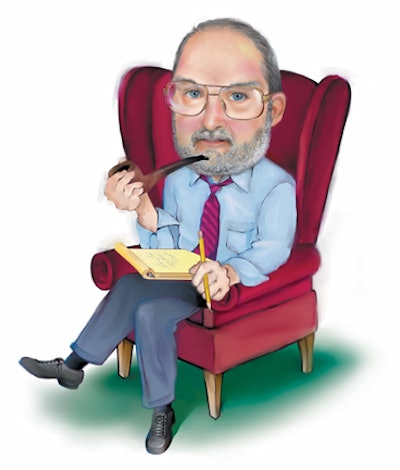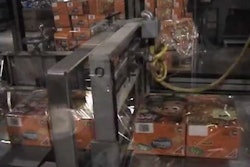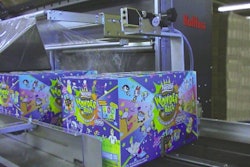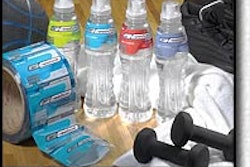
Whether it’s been the Du Pont Awards, the competition of the National Assn. of Container Distributors, the Flexible Packaging Assn., or the Assn. of Industrial Coaters and Laminators, I’ve enjoyed my experiences as a judge.
Not only does the judge become exposed to packaging products that he or she otherwise might never see, but we get to compare notes on our reactions to various packages. One of the greatest advantages of serving as a judge is that we learn from our fellow judges.
Although most publication editors have access to loupes (optical enlargement devices to check printing), I have yet to see an editor bring one to a judging session.
What every judge does bring is his or her experiences. Sometimes also an agenda, too. And that’s why the discussion about entries not only brings out facts and opinions, it also can illuminate a judge’s “blind spots.” For example, the printing specialist who brought along the loupe may not have any interest in how unusual a package is in a specific product category, or in understanding how difficult it may be to get two materials to bond together. Or a judge with food experience may have little interest in containers for industrial products.
One of the more difficult positions for an editor or journalist is when an entry has already been covered in that person’s publication. Although that often allows the editor to add details to the information provided on the entry form, usually the editor has already formed an opinion about that package.
The point here is that most judges in these competitions try to be as fair as they can be, given the information that is supplied. And this is often a severe limitation. Some entries have minimal details, while other entries cover several sheets with elaborate descriptions of packaging, printing, and marketing detail.
In one recent competition, several entries from one company were supplied hand-written. Fortunately, the organization sponsoring the competition did provide a typewritten sheet interpreting what was contained in the writing. Unfortunately, this “legend” was attached behind the entry form, so each judge first tried to read the handwriting before we discovered the attached sheet.
But at least the packages had been entered. What is discouraging is the “absence” of so many qualified entries. Some companies say that they are having increasing difficulty in gaining the cooperation of their customers to enter worthy packages into these competitions. This is similar to many experiences that editors have when we contact manufacturers to report on their packaging. Certainly there are instances when the technology is so unusual that the company using it wants to protect it as long as they can to keep a competitive advantage. But, in this editor’s mind, all too often there is no real advantage, especially if the vendors involved are showing their work to other manufacturers.
Right now, I have one package on my desk that I’m confident would have scored well in at least two recent packaging competitions. But the company that markets the product didn’t want to be bothered with phone calls and other contacts from competitive suppliers and others wanting to learn more about the package. Still, this company president admitted that he and his colleagues closely monitor developments in packaging business to stay abreast of best practices.
Fortunately, many companies understand their responsibility and obligation to further packaging knowledge by sharing information, whether it’s done through entering packages in a competition, sharing information in stories about their packages, or by participating in organizations that exchange information about packaging. Those are ways most of us contribute to the progress of our profession.
See an archive of Arnie Orloski's Pipeline columns at www.packworld.com/pipeline.
Arnie can be reached at [email protected]























